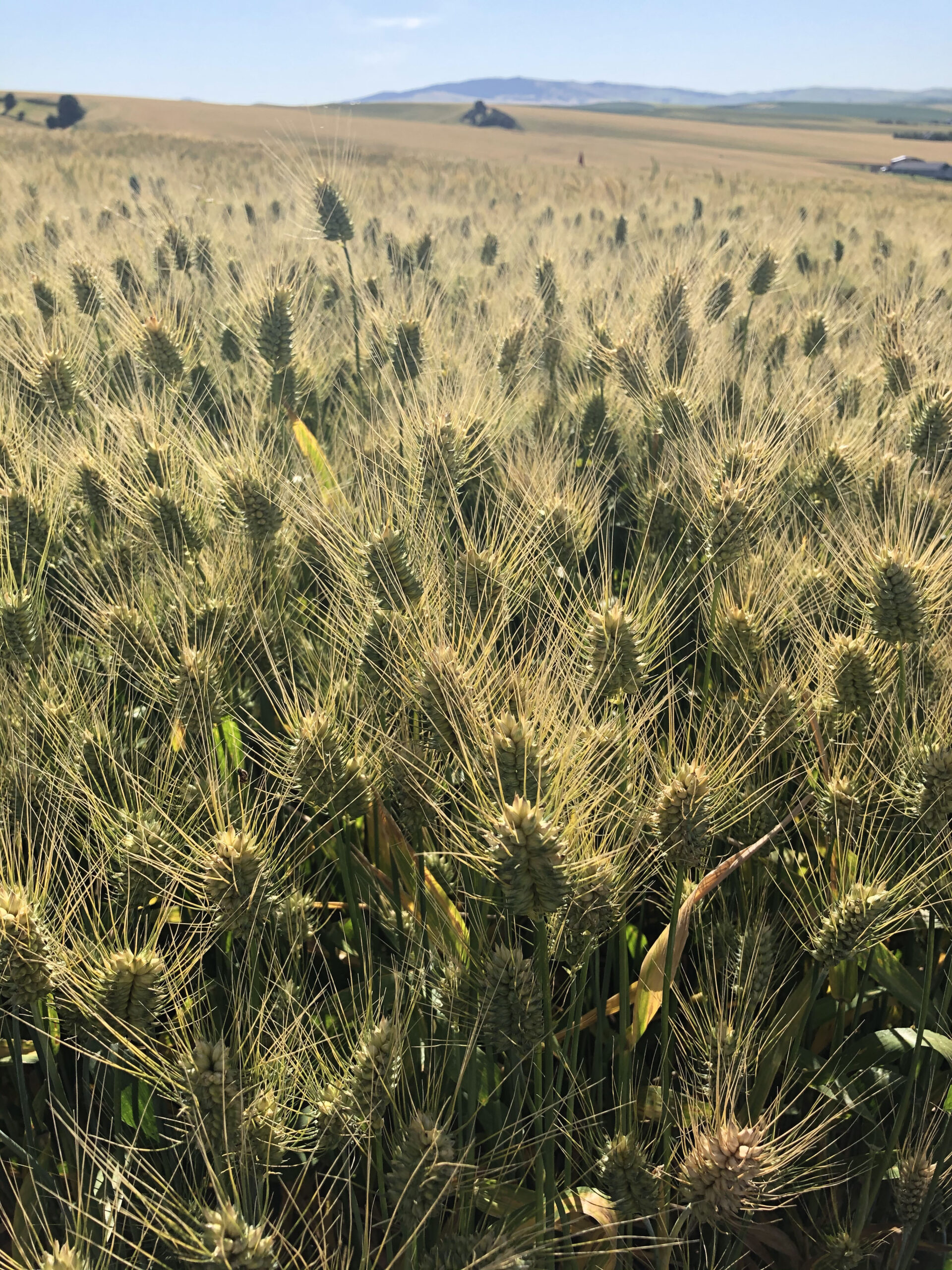meadow
Deeply Rooted
Hello! She's a beauty.It says hello! (Yessica's Inca Bean)
View attachment 54756
Hello! She's a beauty.It says hello! (Yessica's Inca Bean)
View attachment 54756
...But a couple things I'd be curious to hear people's thought on. He believes all beans, though I imagine he's referring to P.vulgaris in particular, have inbreeding depression. I was very surprised to read this! My initial thought was this seems difficult to imagine since the fertility apparatus of beans is designed to self pollinate? But I wonder if there is something I'm missing to this perspective?
According to him, we are unable to properly assess the inbreeding depression because we compare all beans to other inbred beans.
Of course, I'm sure anyone who has found a cross in their bean patch sees the vigor with which it grows, but a cross is a relatively rare event. My feeling has been that beans leans toward stability more so than instability naturally.
Those are all bush beans.Received my chili beans mixed seeds from Vermont Bean Co.
Gotta find a fence for them to climb.
Joseph is a lot more active on the OSSI site (which I also belong to). Pretty much his technique for EVERYTHING is to make landraces and grexes, and make them as diverse as possible. A lot of the work he does with tomatoes (as do many others on the site) seems to involve trying to make as many as possible be outcrosses rather than self pollinators, as well as cross the domestic tomato with pretty much every other species in the Lycopersicon branch of Solanum(originally, I though they were trying to just bring in the disease and condition resistances of those, but now it looks like they want to being in ALL possible genes from all of them.)I've watched a few Joseph Lofthouse videos lately, and read a little bit too. Some of the material specifically about beans. It's all been rather interesting and none of what he's talking about is familiar to me. I've always come from a preservationist point of view, with an interest in celebrating and keeping alive the wonder of man's work in the world of beans. I've actually had goals quite opposite to his as a gardener, because varietal purity is important to me.
But a couple things I'd be curious to hear people's thought on. He believes all beans, though I imagine he's referring to P.vulgaris in particular, have inbreeding depression. I was very surprised to read this! My initial thought was this seems difficult to imagine since the fertility apparatus of beans is designed to self pollinate? But I wonder if there is something I'm missing to this perspective? According to him, we are unable to properly assess the inbreeding depression because we compare all beans to other inbred beans. Of course, I'm sure anyone who has found a cross in their bean patch sees the vigor with which it grows, but a cross is a relatively rare event. My feeling has been that beans leans toward stability more so than instability naturally.
I hadn't even heard of club wheat before but it seems to be a thing here (Washington state). Is this of any help? They do mention names, including the most recent cultivars:BTW if anyone knows any named club wheats BESIDES Mt. Pima, please let me know (that one is not suitable for my purpose, it's too messy.)

Three clubs that should do well for you in the lower Hudson Valley are Jezka Hladka, Ostka Skomoroska, and Sandomierka - all fall-planted.BTW if anyone knows any named club wheats BESIDES Mt. Pima, please let me know (that one is not suitable for my purpose, it's too messy.)